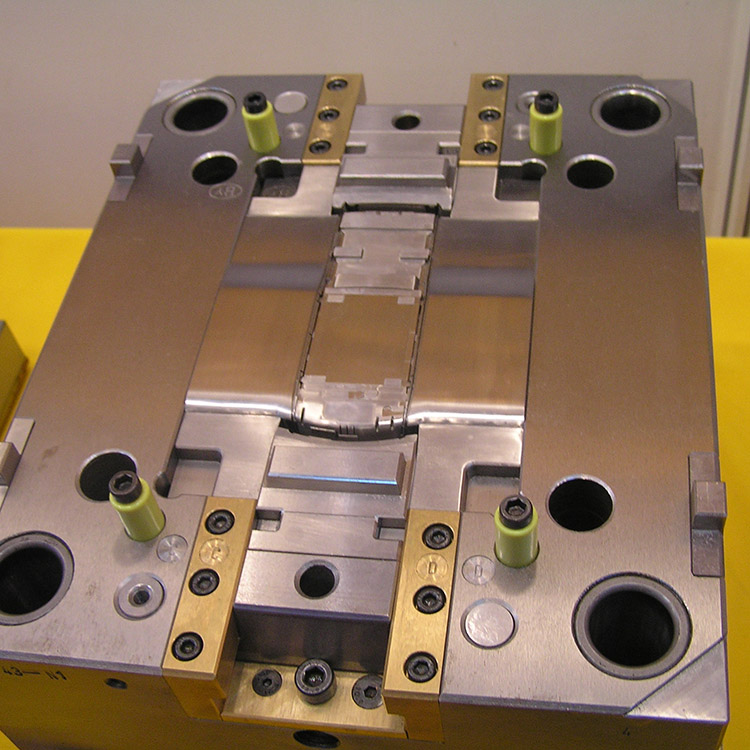Powder metallurgy in powder metallurgy molds, due to its unique chemical composition and mechanical and physical properties, cannot be achieved to a large extent using traditional casting methods. Afterwards, using powder metallurgy technology, porous, semi dense, or fully dense materials and products can be directly made. The technology of powder metallurgy Mold can, to a large extent, produce a series of high-performance non-equilibrium materials, such as amorphous, microcrystalline, quasicrystal, nanocrystalline and supersaturated Solid solution. In terms of materials, to a large extent, they can have excellent electrical, magnetic, optical and corresponding mechanical properties. This type of powder metallurgy mold technology can to a large extent easily achieve various types of composites and fully utilize the characteristics of each component material. In this regard, it is also a low-cost production process technology for high-performance metal matrix and ceramic composite materials. 
On the other hand, powder metallurgy mold technology, to some extent, molds that can be made using ordinary melting methods cannot produce materials and products with special structures and properties. Powder metallurgy molds include new porous biomaterials and their porous separation membrane materials, as well as high-performance structural ceramic grinding tools and functional ceramic materials.
